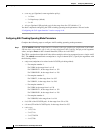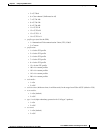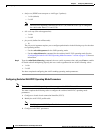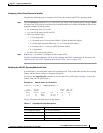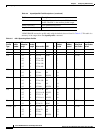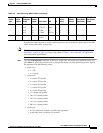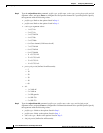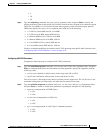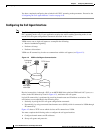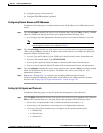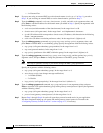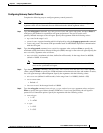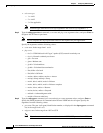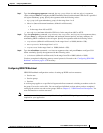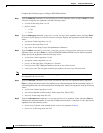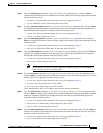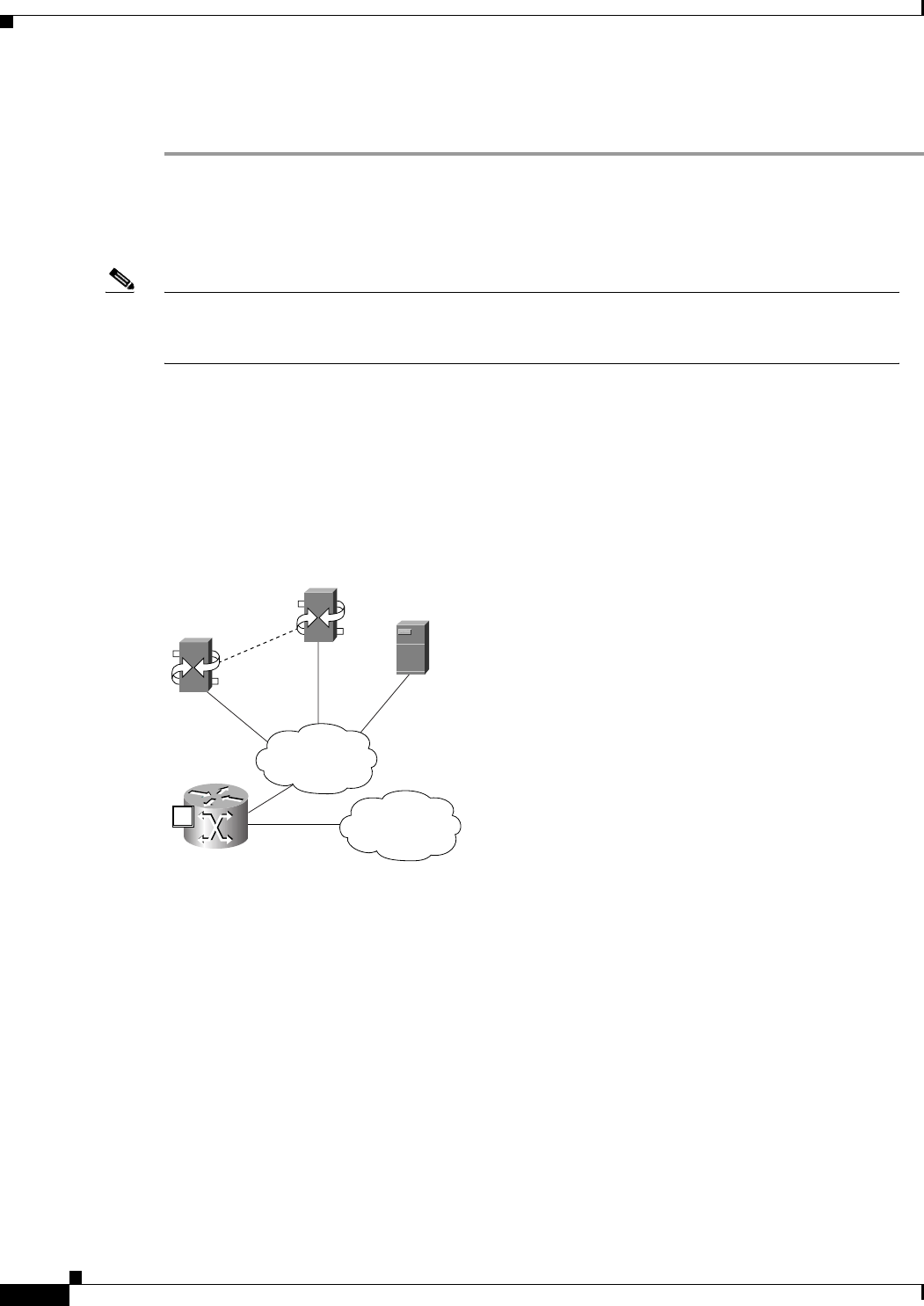
4-44
Cisco VISM Installation and Configuration Guide
Release 3.0, Part Number OL-2521-01 Rev. D0, June 2004
Chapter 4 Configuring VISM Features
Configuring VISM Features
You have completed configuring the switched AAL2 PVC operating mode parameters. Proceed to the
“Configuring the Call Agent Interface” section on page 4-44.
Configuring the Call Agent Interface
Note The CLI call agent configuration commands are used for the VoIP switching and switched AAL2
PVC operating modes only. If your application requires the AAL2 trunking operating mode, do not
use the CLI call agent configuration commands described in this section.
VISM can use one to eight call agents to accomplish the following:
• Receive backhauled signaling
• Perform call setup
• Perform call teardown
VISM uses IP connectivity in order to communicate with the call agents (see Figure 4-2).
Figure 4-2 VISM to Call Agent Communication
Physical connectivity is through a PVC on an MGX 8000 Series platform PXM card’s OC-3 port, to a
router (in the IP Connectivity cloud in Figure 4-2), and then to the call agents.
Logical IP connectivity is performed by resolving domain name and IP address associations. The
associations are accomplished in the following ways:
• Statically, by using the CLI call agent configuration commands.
• Dynamically, by using an external domain name server (DNS), which is connected to VISM through
IP connectivity.
Figure 4-2 shows a TFTP server which also has an IP connection to VISM.
You must complete the following tasks to configure the call agent interface:
1. Configure domain names and IP addresses.
2. Set up call agents and protocols.
MGX 8850
with VISM
Call Agents
(up to 8)
TFTP Serve
r
ATM Network
53242
V
IP Connectivity



